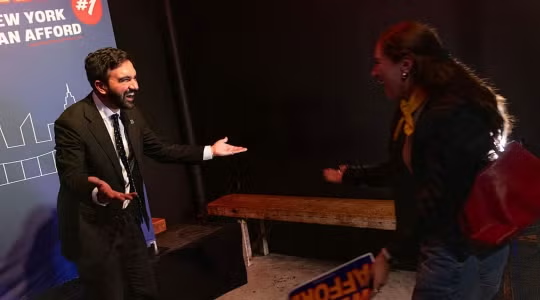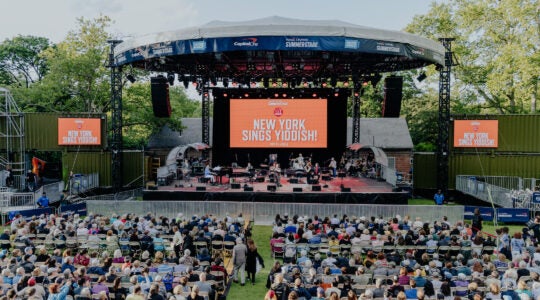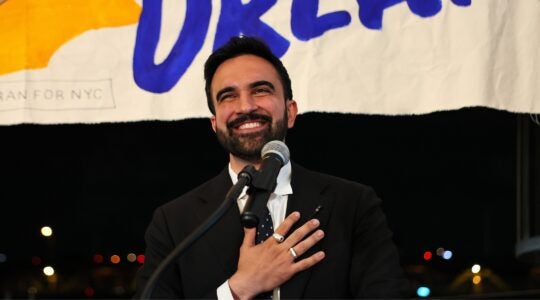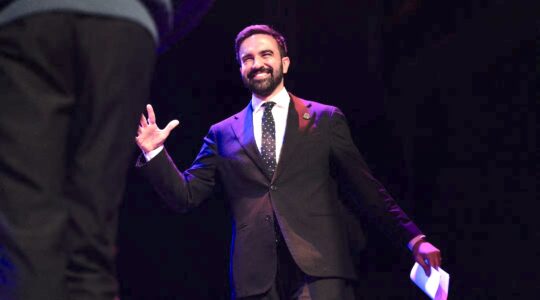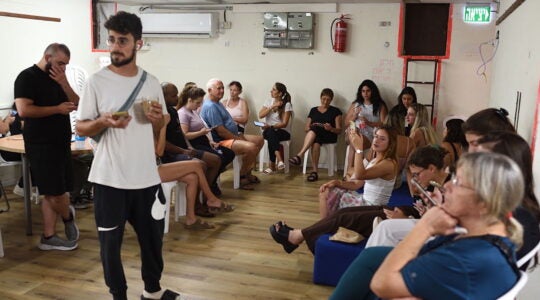The concept of “tikkun olam” — repairing the world — is a central tenet of Judaism. It is also, not infrequently, an excuse for critics like your humble servant to shoehorn texts and art that are not obviously Jewish into the pages of a Jewish newspaper. But there are times when the connection between Jewish identity, social justice work and the arts is so palpable that to ignore it would be more foolish than to proclaim it.
The work of the Photo League, the radical photography group that was headquartered in New York City from its birth from the ashes of the Film and Photo League in 1936 until its death-by-McCarthyism in 1951, is a case in point. It was no accident that The Jewish Museum housed an exhibit of the League’s work and history only a few months ago, and it is no accident that the new documentary “Ordinary Miracles: The Photo League’s New York,” directed by Daniel Allentuck and Nina Rosenblum, is under review here.
The League’s founders, Sid Grossman and Sol Libsohn were Jews. Its most famous faculty, board and members were Jews: Aaron Siskind, Paul Strand (born Stransky), Ruth Orkin, Morris Engel, Jack Manning (born Mendelsohn), Weegee (real name, Arthur Fellig), and Jerome Liebling. And their self-imposed mandate, to change Depression-era America and to resist the rise of fascism at home and abroad — one image at a time — was very much a Jewish project.
Allentuck and Rosenblum retell the history of the organization with admirable frankness, tracing its roots from the self-implosion of the Film and Photo League, a victim of both sectarian political disputes and a divide between the concerns of its members who made moving images and those working in still photography. Given how very few of its members are still alive and available for interview, the filmmakers were fortunate to have been in attendance at the 1999 reunion of 22 surviving League veterans. Much of the film’s best footage is drawn from that event, with Libsohn, Engel, Manning, Erika Stone and others offering candid reminiscences of the day-to-day workings of the group and the dynamic personalities that it attracted. There is something deeply moving and satisfying about having Manning and Engel sitting on a stoop in Harlem, talking about the League’s most famous thematic project, the Harlem Document, and displaying examples of their own work, which was shot nearby.
With Strand leading the way, the work coming out of the League was as aesthetically striking and grounded as it was socially forceful. One of the great pleasures of seeing the film is being able to look at these photos writ large, as it were, with their extraordinarily dense textures, carefully graded grays and silvers and inky, complex black tones.
Finally, though, the real joy of “Ordinary Miracles” comes from the people of the Photo League themselves. Many of the interviewees were still active as working photographers at the time they were filmed. A few, like Morris Engel, had branched out into filmmaking as well. But they all seem to have remained committed to the idea that you can change the world for the better with artful images, images that reaffirm the humanity of both subject and photographer.
“Ordinary Miracles: The Photo League’s New York,” directed by Daniel Allentuck and Nina Rosenblum, opens on Friday, June 22 at the Quad Cinema (34 W. 13th St). For information, call (212) 255-8800 or go to www.quadcinema.com.
The New York Jewish Week brings you the stories behind the headlines, keeping you connected to Jewish life in New York. Help sustain the reporting you trust by donating today.
